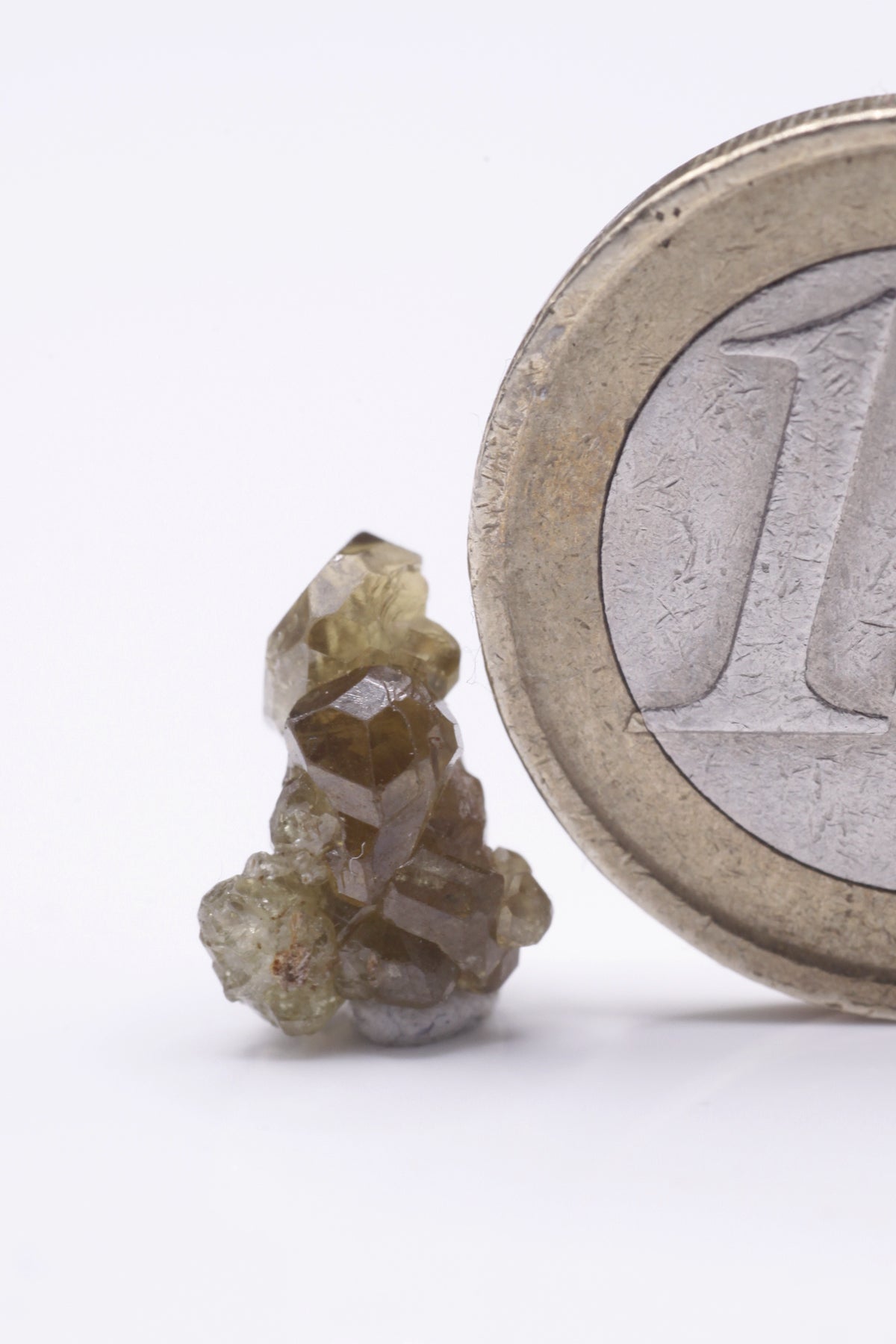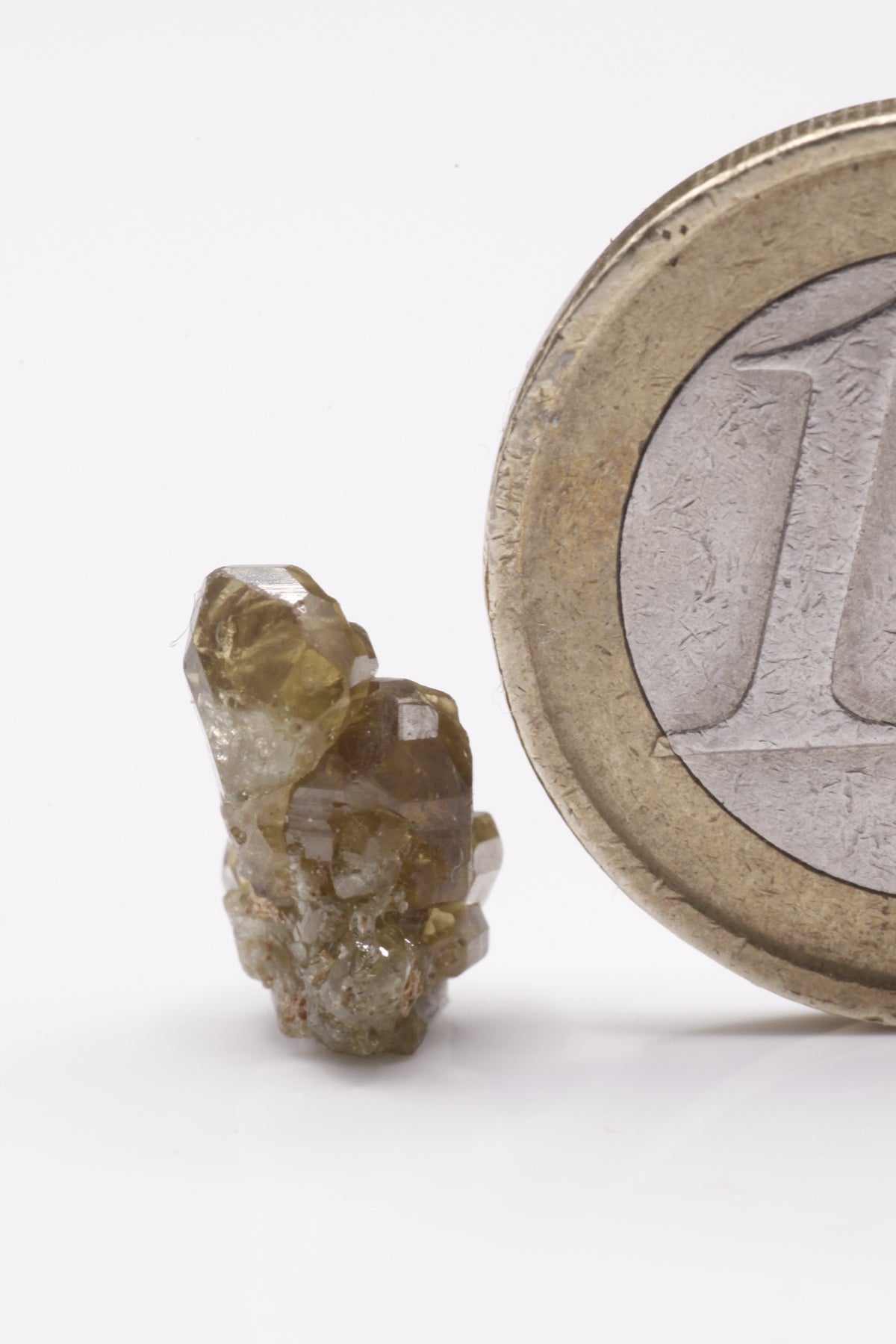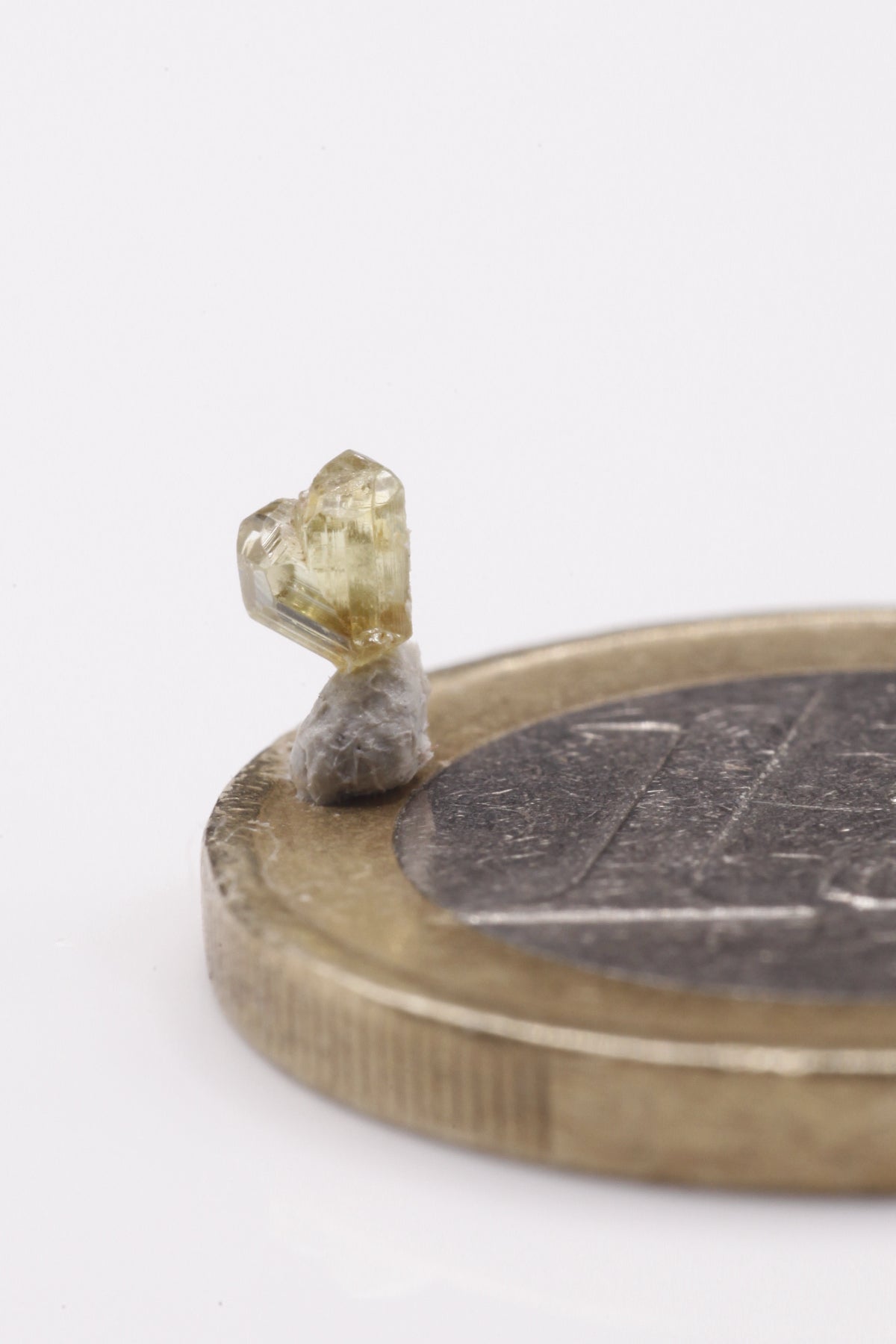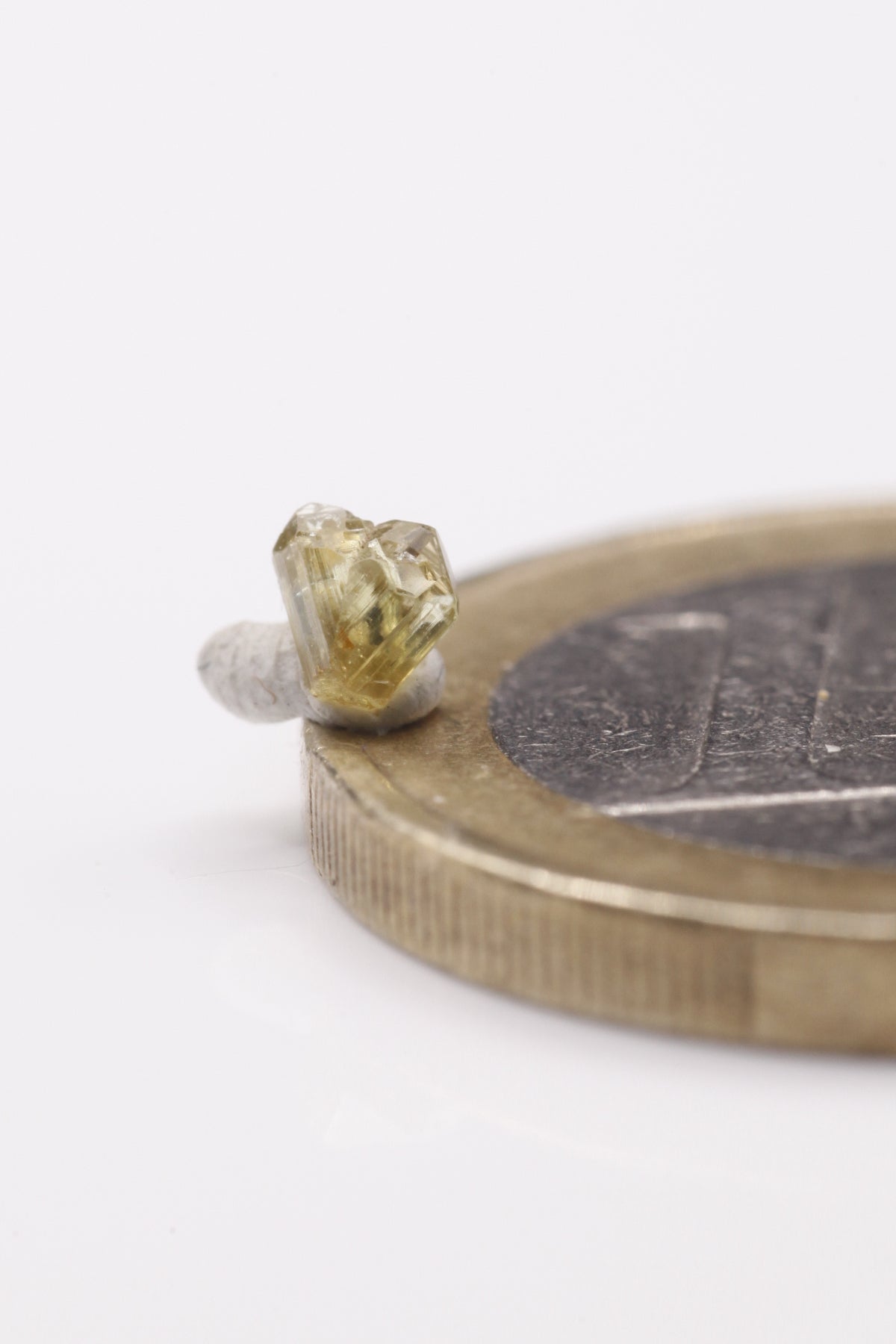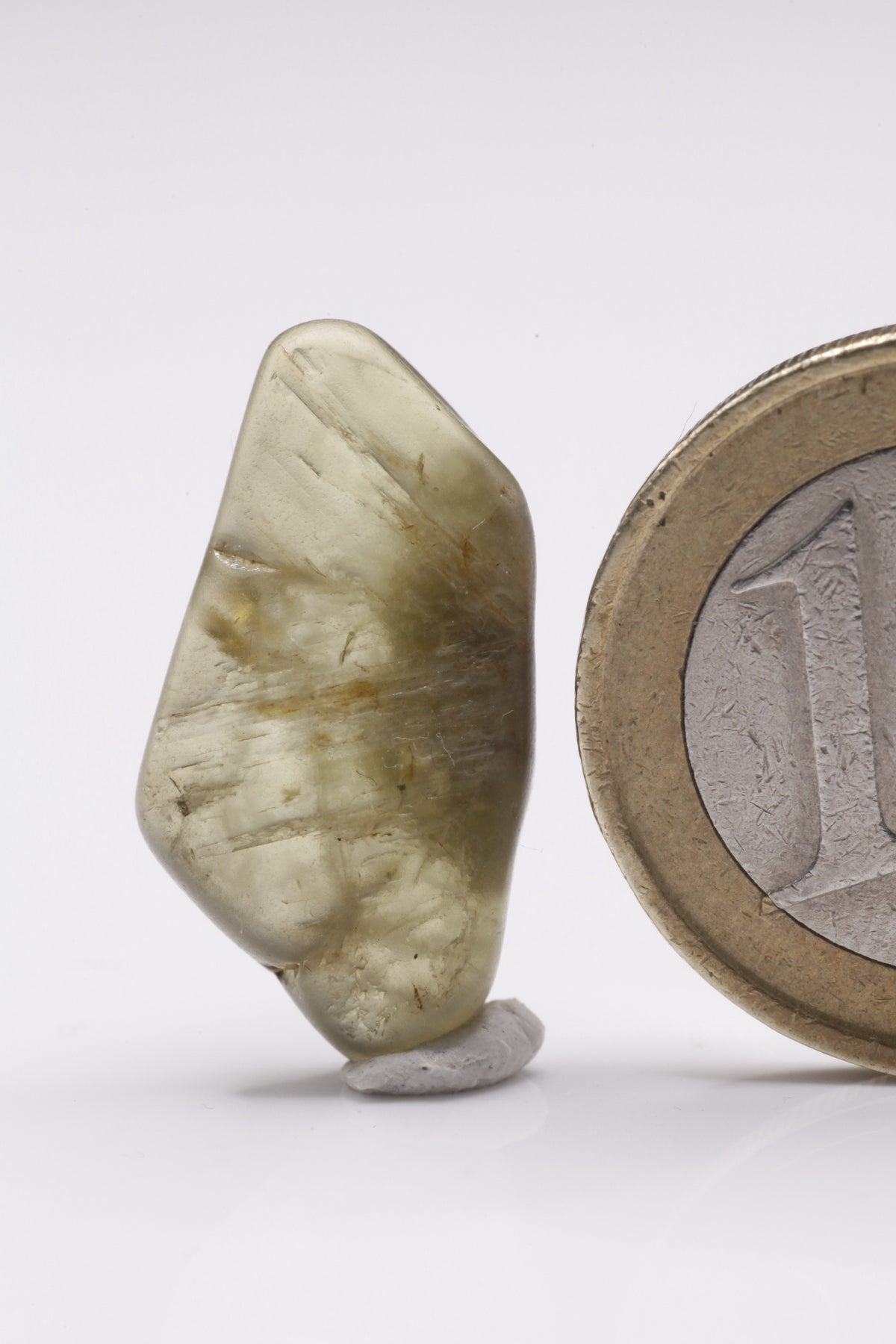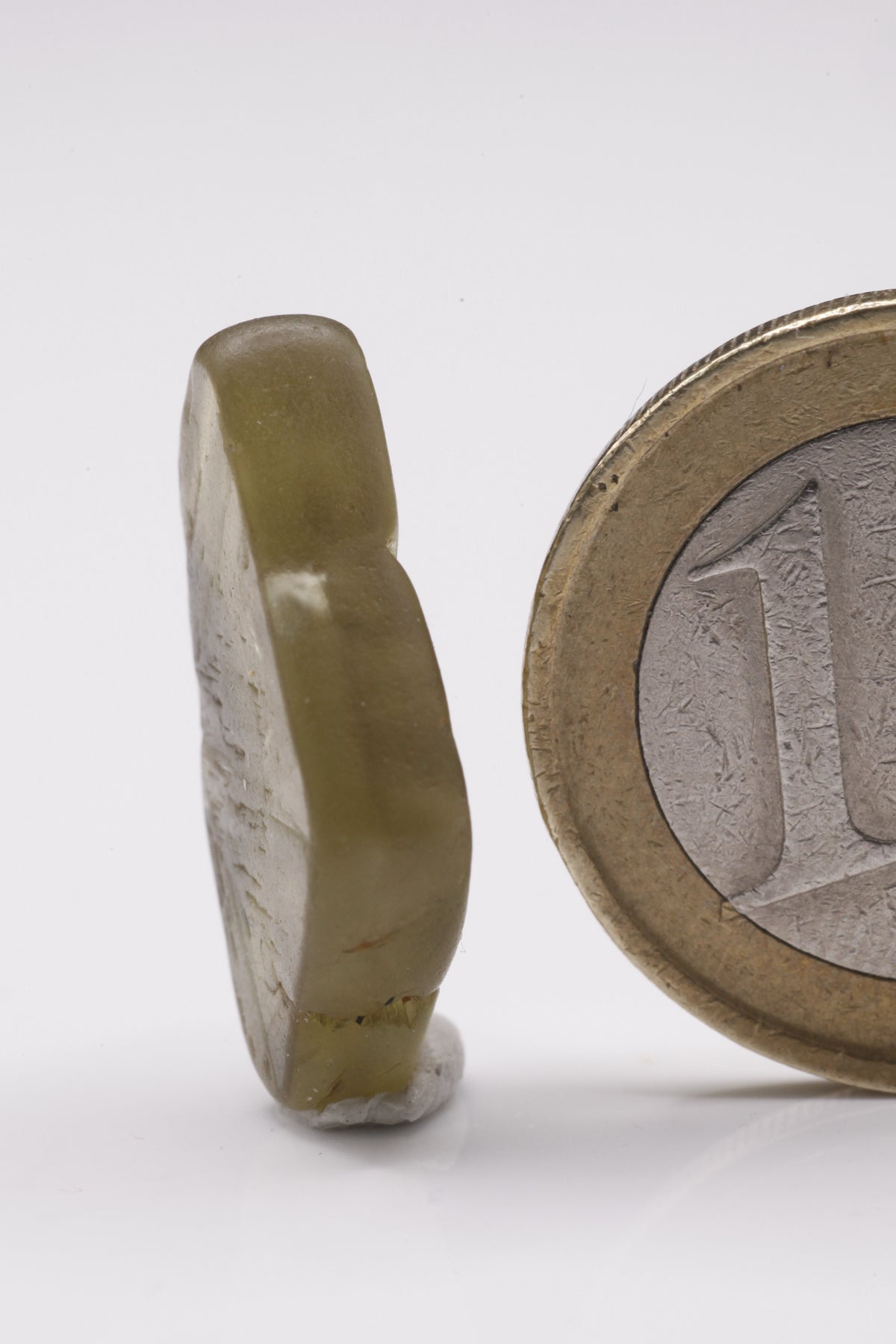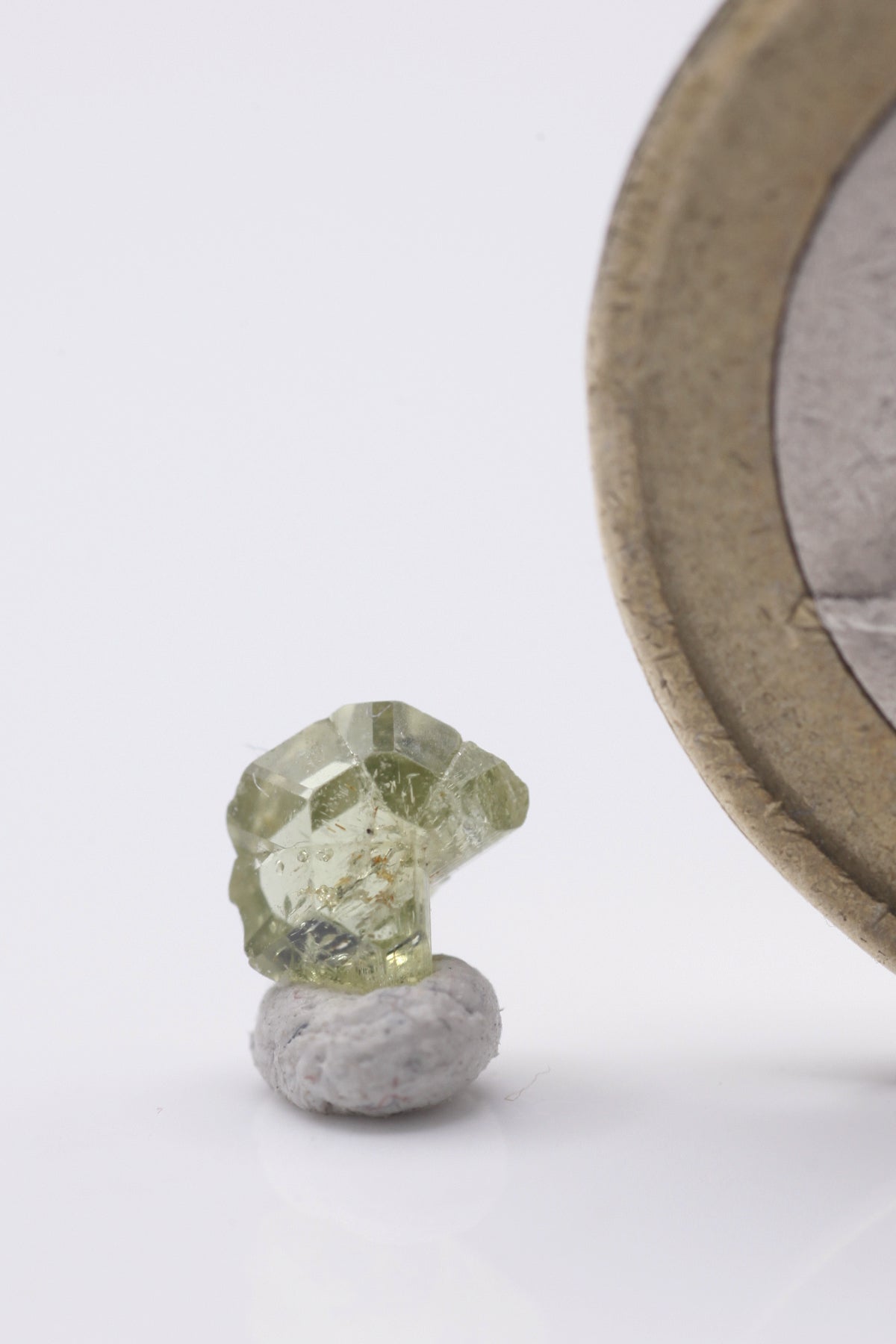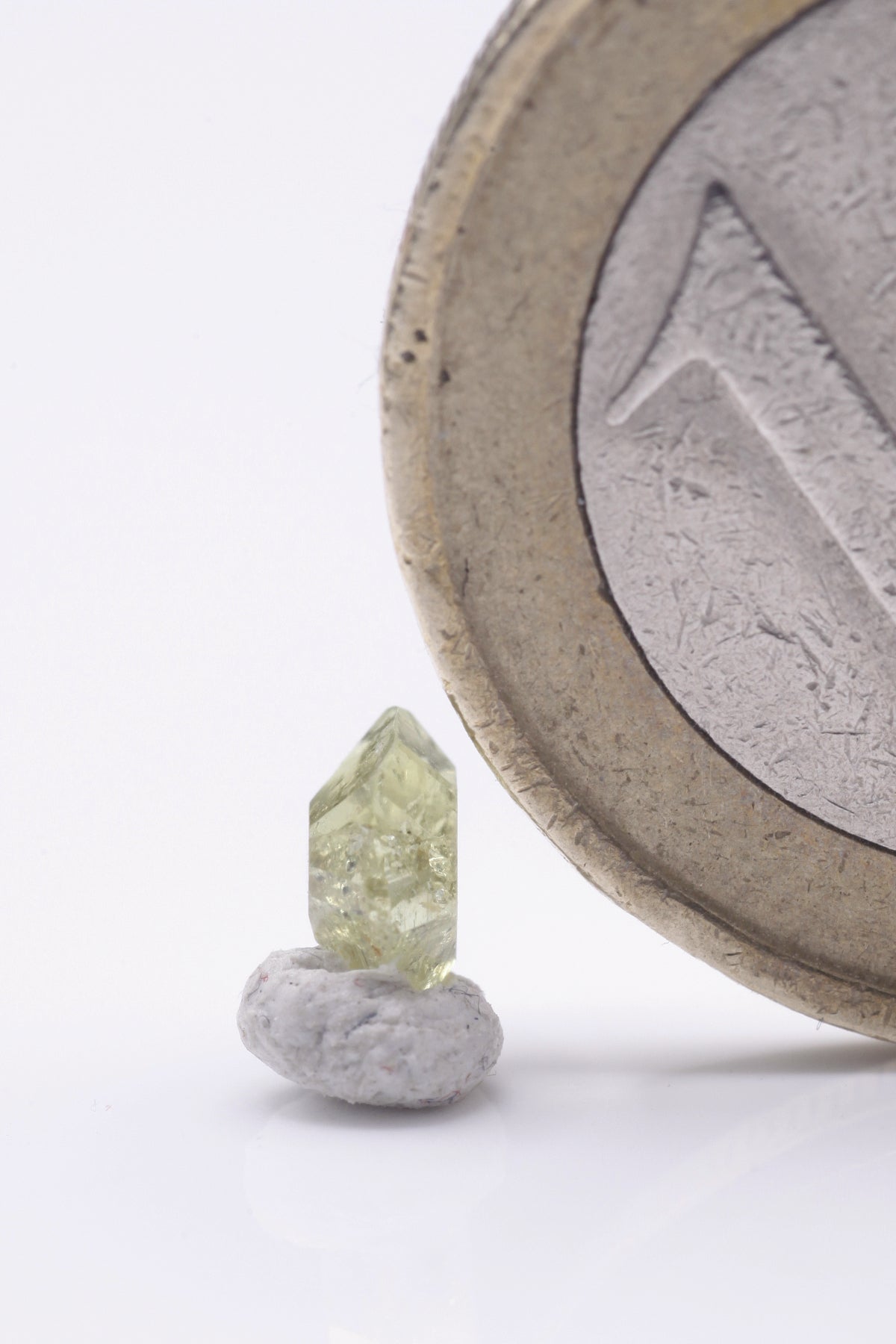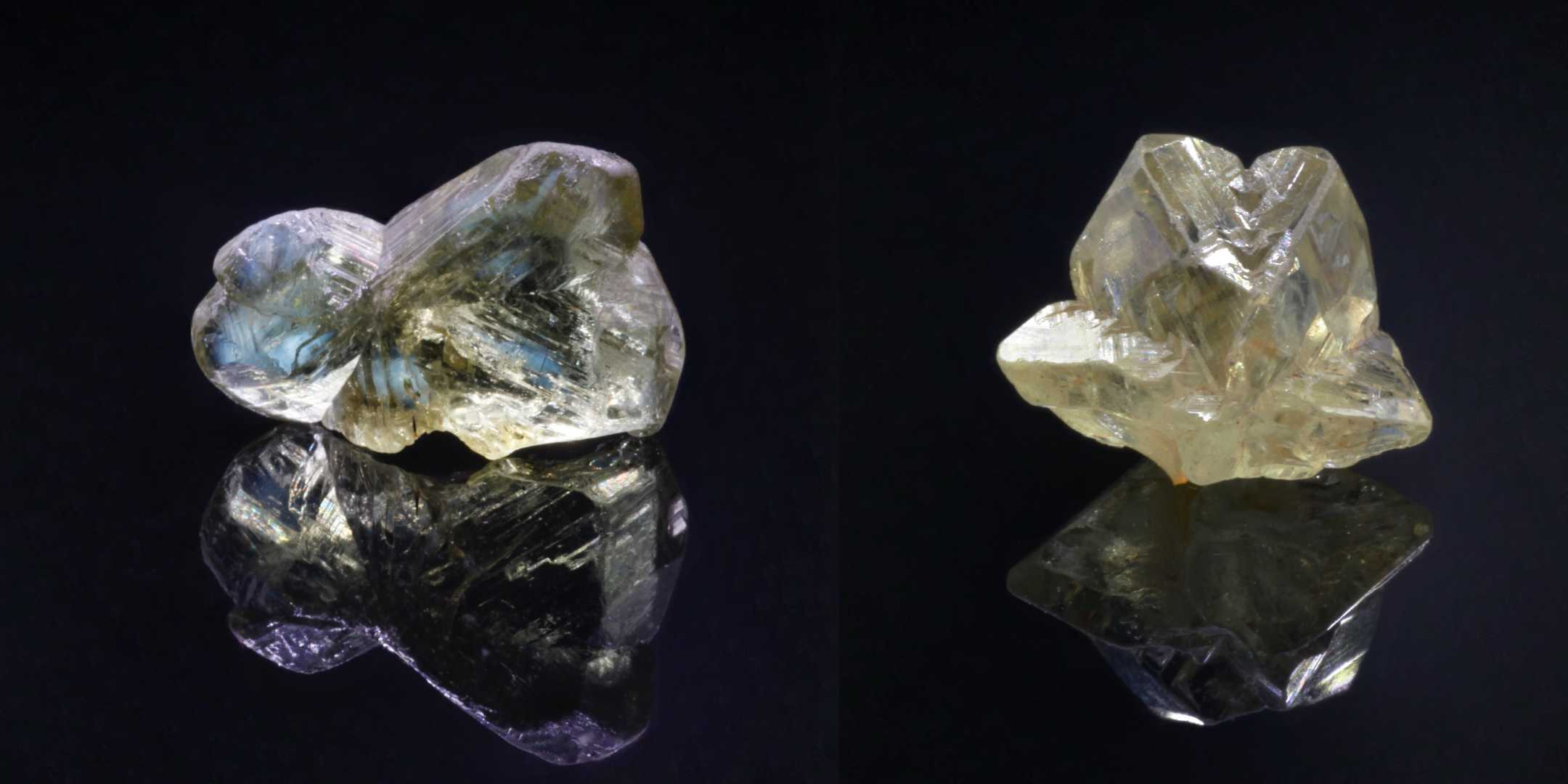
Faszination
Fascination Chrysoberyl
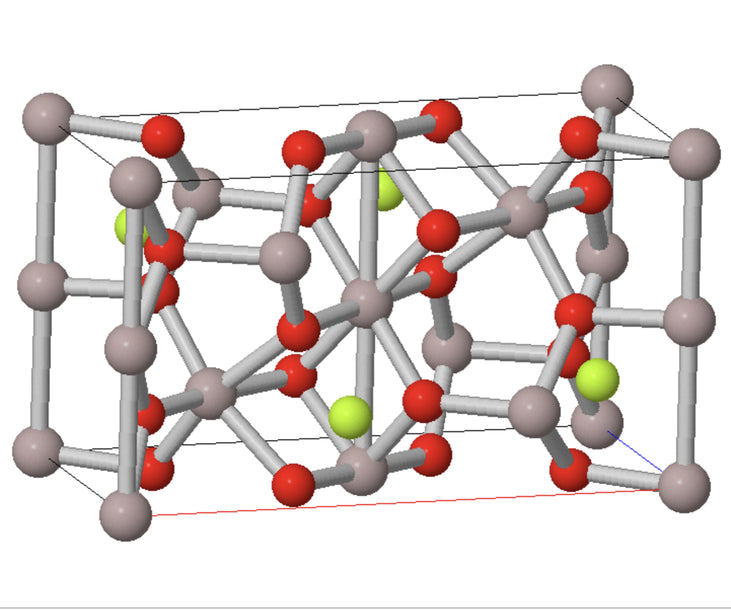
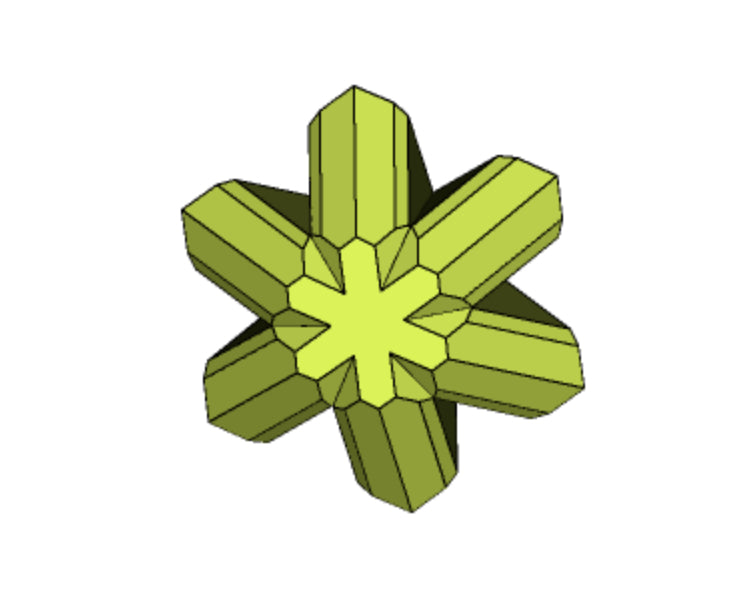
The crystal system
Chrysoberyl is a mineral with an orthorhombic crystal system, meaning its atoms are arranged in a rectangular lattice. The structure consists of aluminum, beryllium and oxygen (BeAl2O4). The crystals of chrysoberyl often form in a prismatic form and they usually do not show cleavage. The crystal structure of this mineral is responsible for its outstanding optical properties, including its high refraction and characteristic green to yellow colors.
(Photo source: www.mindat.org)
Twins and triplets formation
Chrysoberyl crystals can exhibit fascinating twinning or cyclic triplet formation. This happens through a special arrangement of the crystal surfaces and is due to the way the atoms in its crystal lattice are arranged with one another. During crystal growth, certain faces of chrysoberyl can develop to form a mirror image arrangement or a rotationally symmetrical structure. This twinning or cyclic triplet formation is an interesting phenomenon and adds to the diversity and beauty of this mineral, making it particularly sought after by collectors.
(Photo source: www.mindat.org)
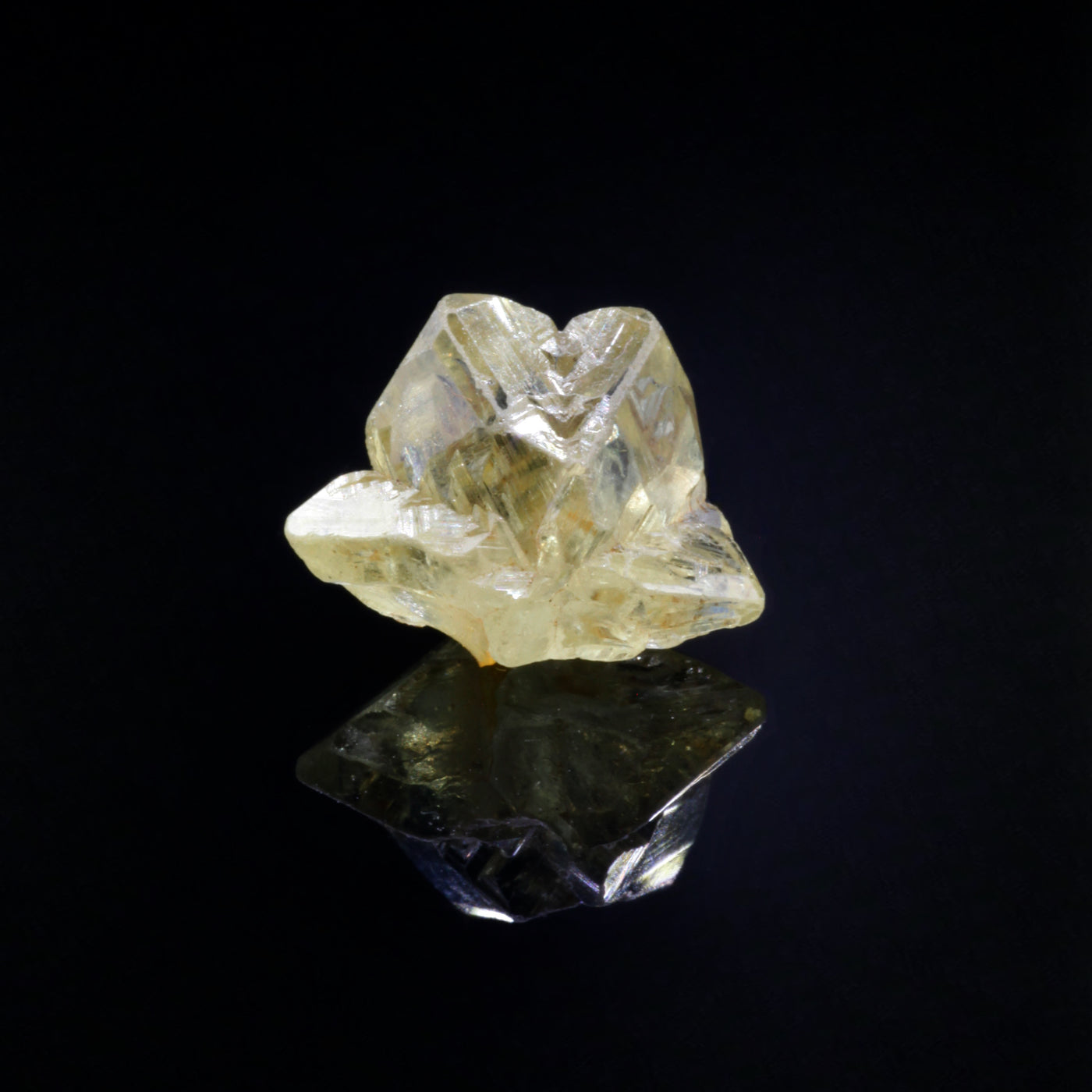
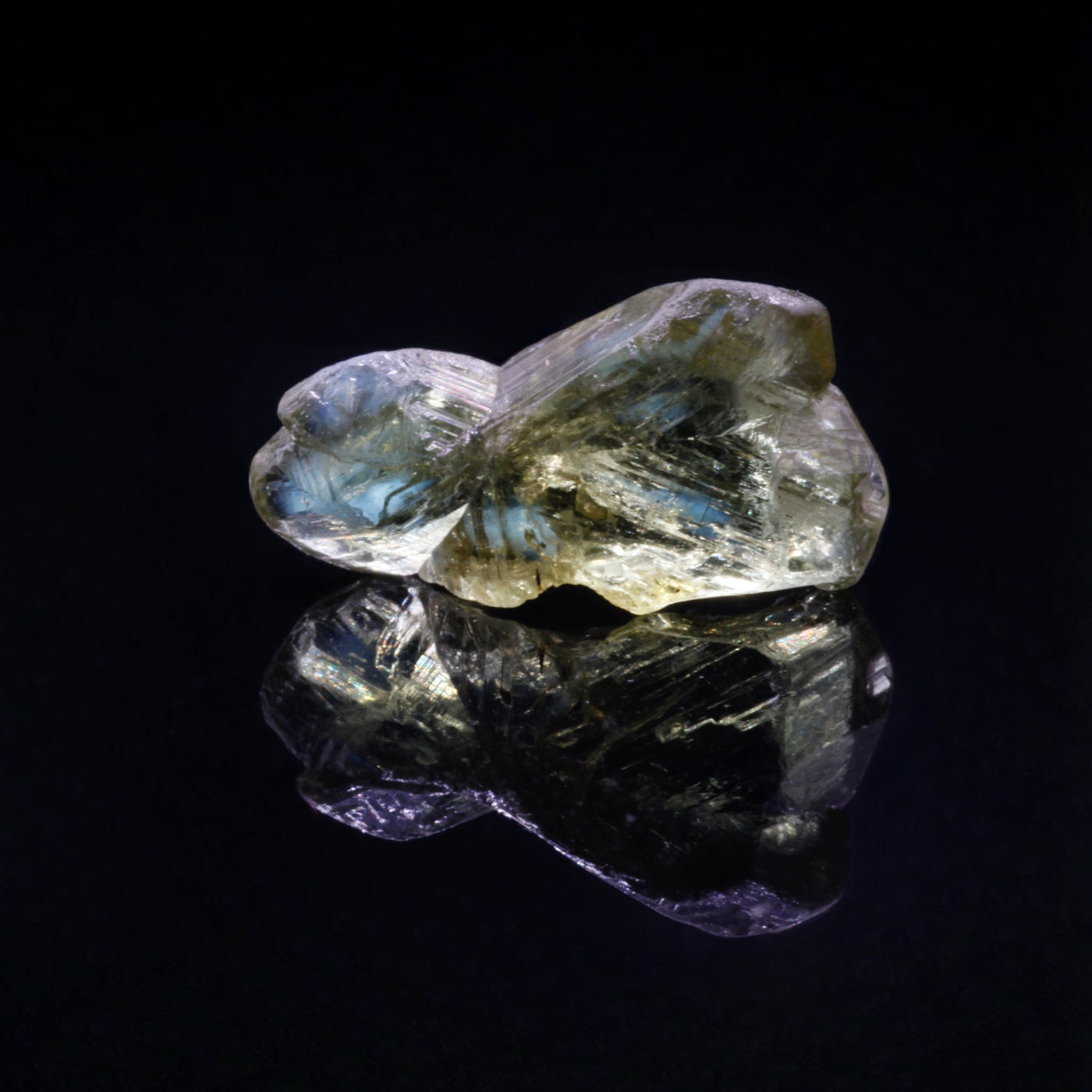
Locations and origins
Chrysoberyl is a rare and sought-after mineral found in various parts of the world. The most important deposits are in regions such as Madagascar, Sri Lanka and Brazil. These areas are known for producing high-quality chrysoberyls in various color variations, which can range from greenish-yellow to red, blue and colorless.
The formation of chrysoberyl is usually tied to geological environments that have high temperatures and pressures. This mineral often forms in metamorphic rocks such as granulites and gneisses, where it is formed in the processes of metamorphism and rock transformation. It can also be found in pegmatites and alluvial deposits.
Visual peculiarities
A notable feature of chrysoberyl is its ability to exhibit optical phenomena such as the cat's eye effect (chatoyance), which is primarily found in chrysoberyl from Sri Lanka. This creates a striking strip of light that travels across the surface of the stone, similar to a cat's eye (see video below). This optical feature makes chrysoberyl particularly sought after.
Alexandrite, a remarkable variety of chrysoberyl, is known for its unique color changing effect that varies depending on the light source and viewing environment. Under daylight or white light, Alexandrite displays a green color, while under artificial light, especially candlelight, it turns a reddish to purple color. This extraordinary optical property of alexandrite, also known as the alexandrite effect, is caused by the presence of trace elements such as chromium and iron in its crystal lattice.
Highlights
Was zeichnet Chrysoberyll-Kristalle aus?
Chrysoberyll ist ein eher seltener Edelstein. Plinius, der von 23 bis 79 nach Christus lebte, beschrieb dieses Mineral einst als Beryll-Unterart. Seine Bekanntheit hat er allem voran seiner häufig markanten Optik zu verdanken: Chrysoberylle neigen zur Zwillingsbildung. Besonders begehrt sind zyklische Drillinge. Die Kristalle sind sowohl klar bis transparent als auch opak, und werden durch verschiedenen Farbnuancen gekennzeichnet. Am häufigsten kommen gelbe Nuancen vor. Durch Lichtreflexionen im Kristall faszinieren sehr gut ausgebildete Chrysoberylle häufig mit einer hervorragenden Brillanz.
Grundlegende Eigenschaften der Chrysoberyll-Steine
Neben der doch markanten Optik fallen die Chrysoberyll-Steine durch ihre hohe Kratzfestigkeit auf, durch die sich von anderen Edelsteinen deutlich unterscheiden. Auf der Mohs-Skala für Mineralien haben die Steine einen Härtegrad von 8,5. Damit ist der Chrysoberyll der dritthärteste natürliche Edelstein nach Diamant und Korund. Farblich tritt der Chrysoberyll ganz unterschiedlich in Erscheinung. Es gibt Exemplare, die blassgelb sind, andere fallen dagegen gelbgrün aus. Außergewöhnlich sehen dagegen die Steine aus, die bläulich grün schimmern, rubinrot sind oder sich mit einem zarten Rosa präsentieren. Die Farben kommen besonders ansprechend zur Geltung, da die Steine meist einen glasartigen Glanz haben.
Besondere Varietäten von Chrysoberyll-Kristallen
Einige Chrysoberylle weisen besondere physikalische Eigenschaften auf. Bestimmte Lichtreflexionen im Innern einiger Chrysoberyll-Kristalle erzeugen den sogenannten Katzenaugeneffekt: Ein länglicher heller bläulicher Reflex, der an ein Katzenauge in der Dunkelheit erinnert. Farbwechselnde Chrysoberylle werden als Alexandrit bezeichnet (nähere Informationen siehe dort). Eher selten, aber nicht weniger reizvoll ist der Vanadium-Chrysoberyll. Er stellt eine seltene Chrysoberyll-Sorte dar und wird in Tansania gefunden. Die Farbnuancen des bläulich-grünen Steins reichen bis hin zu Mint.
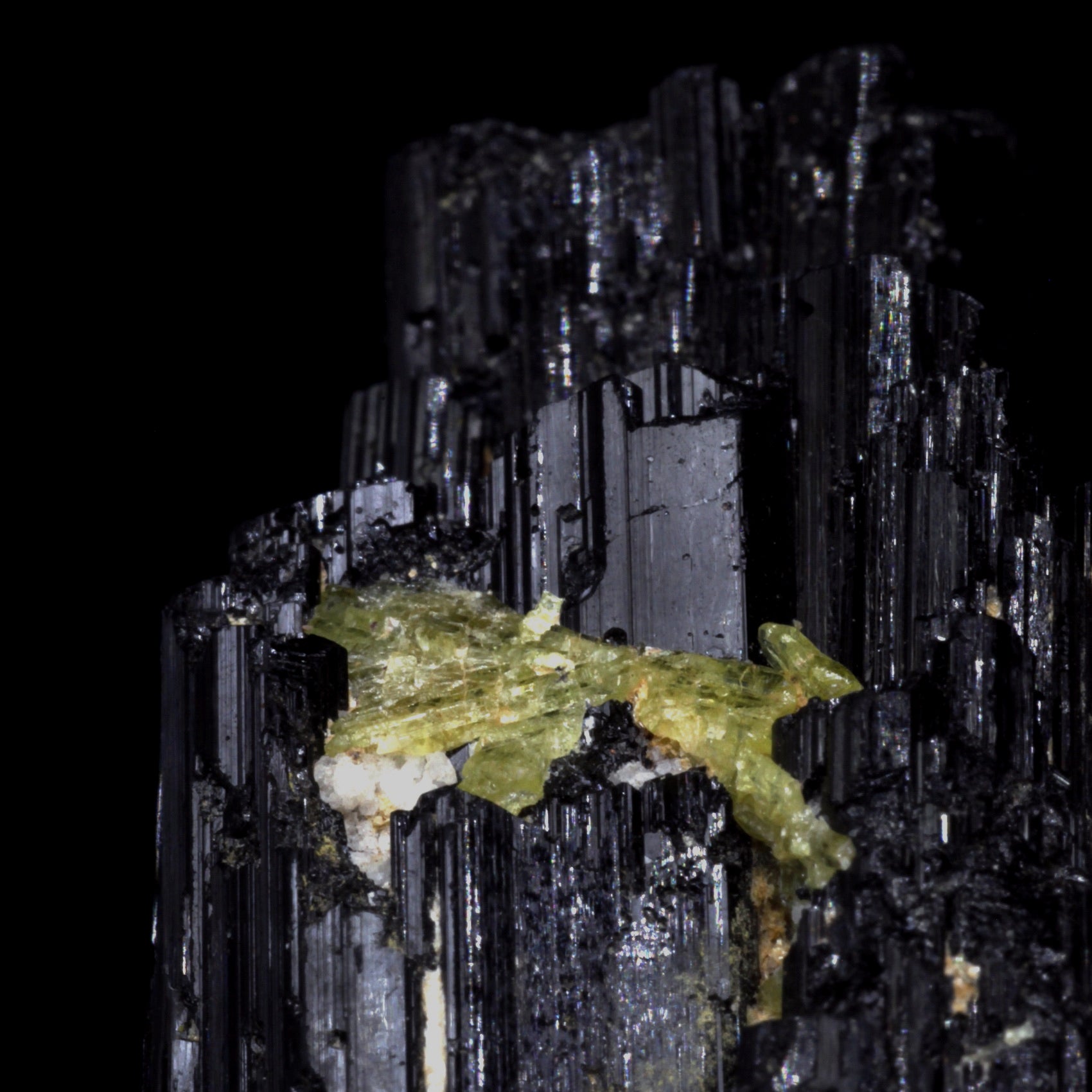
In Madagascar you can also find beautiful Chrysoberyls on matrix, here on Schörl.
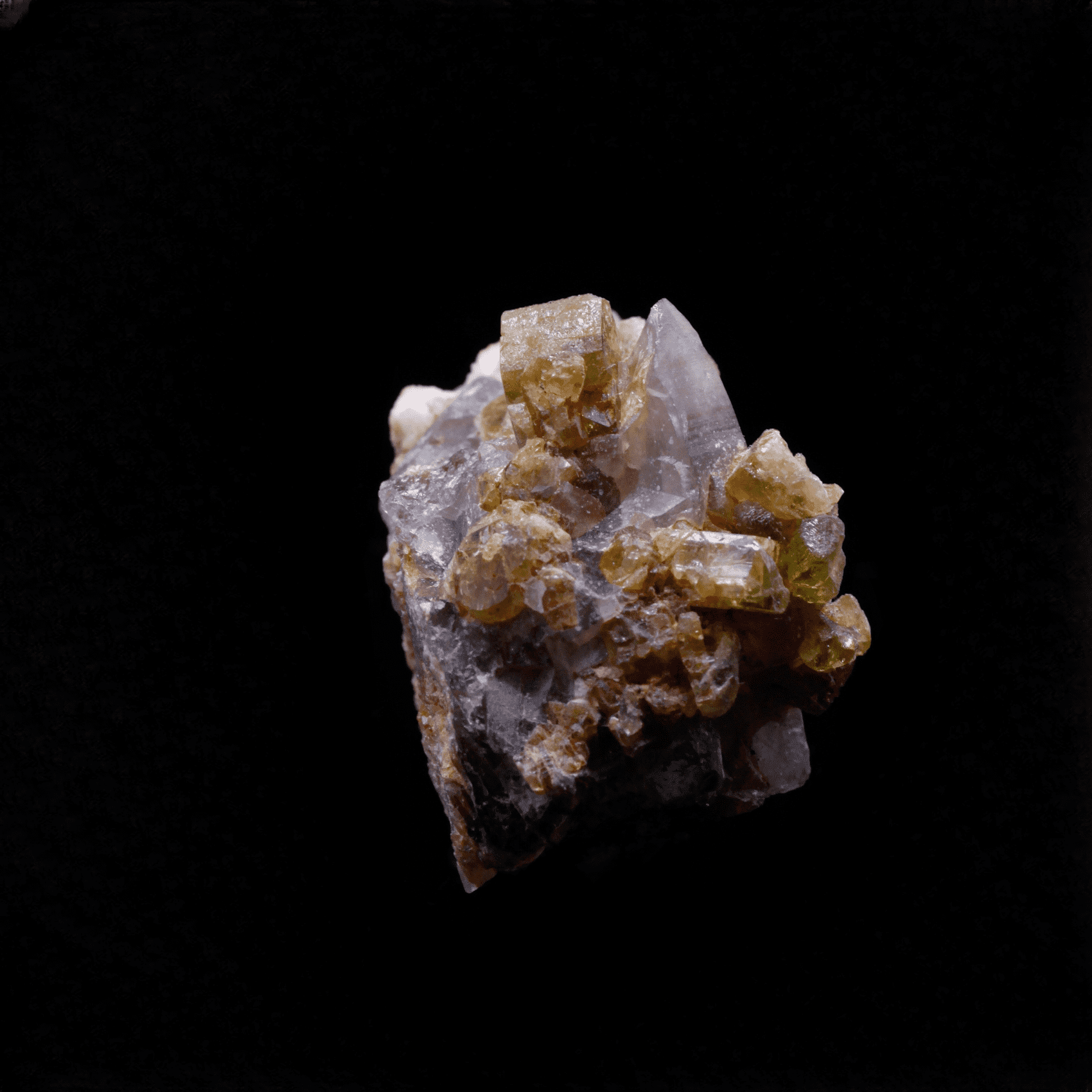
Various Chrysoberyl crystals on quartz (also from Madagascar).
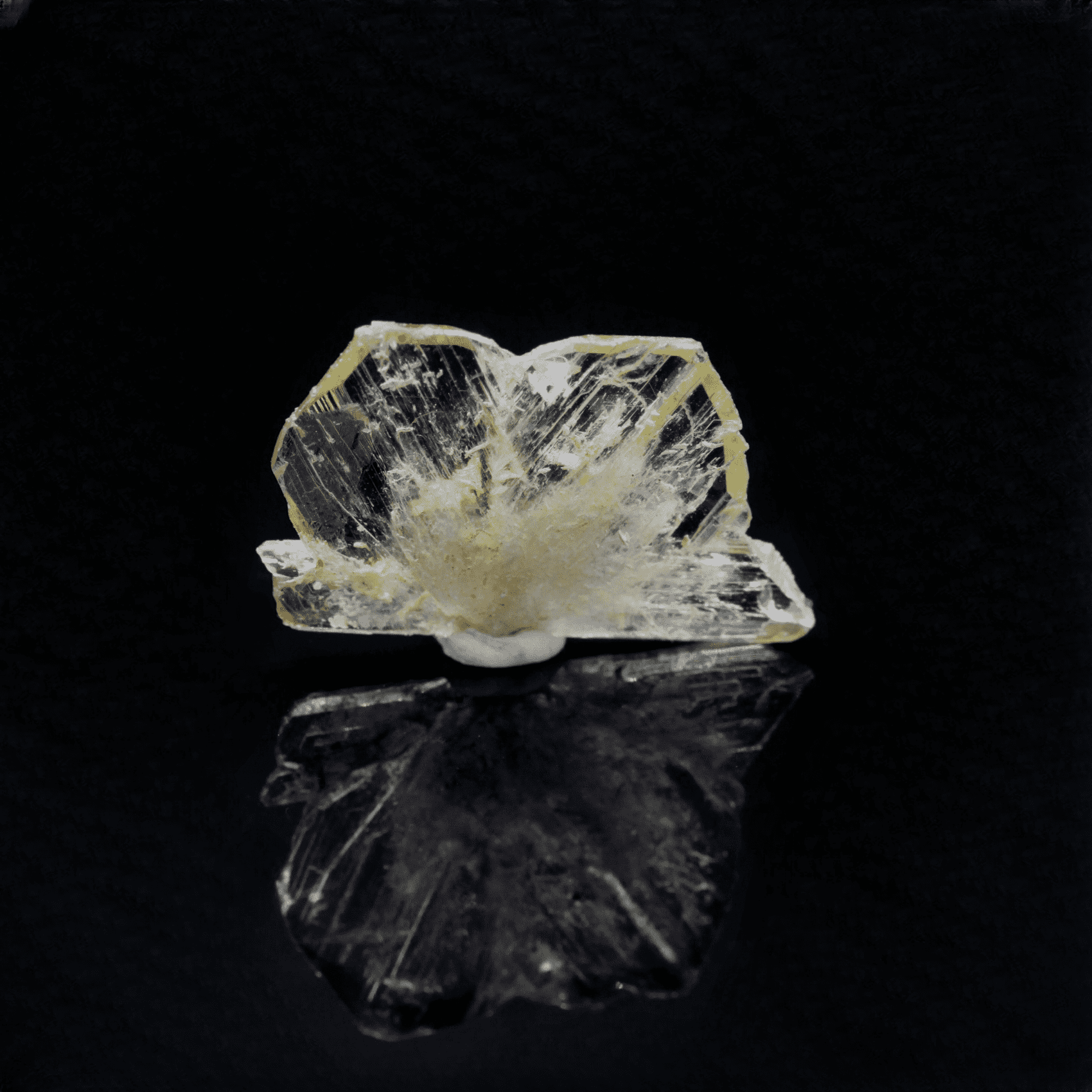
Very beautifully formed fan-shaped Chrysoberyl (Madagascar).

